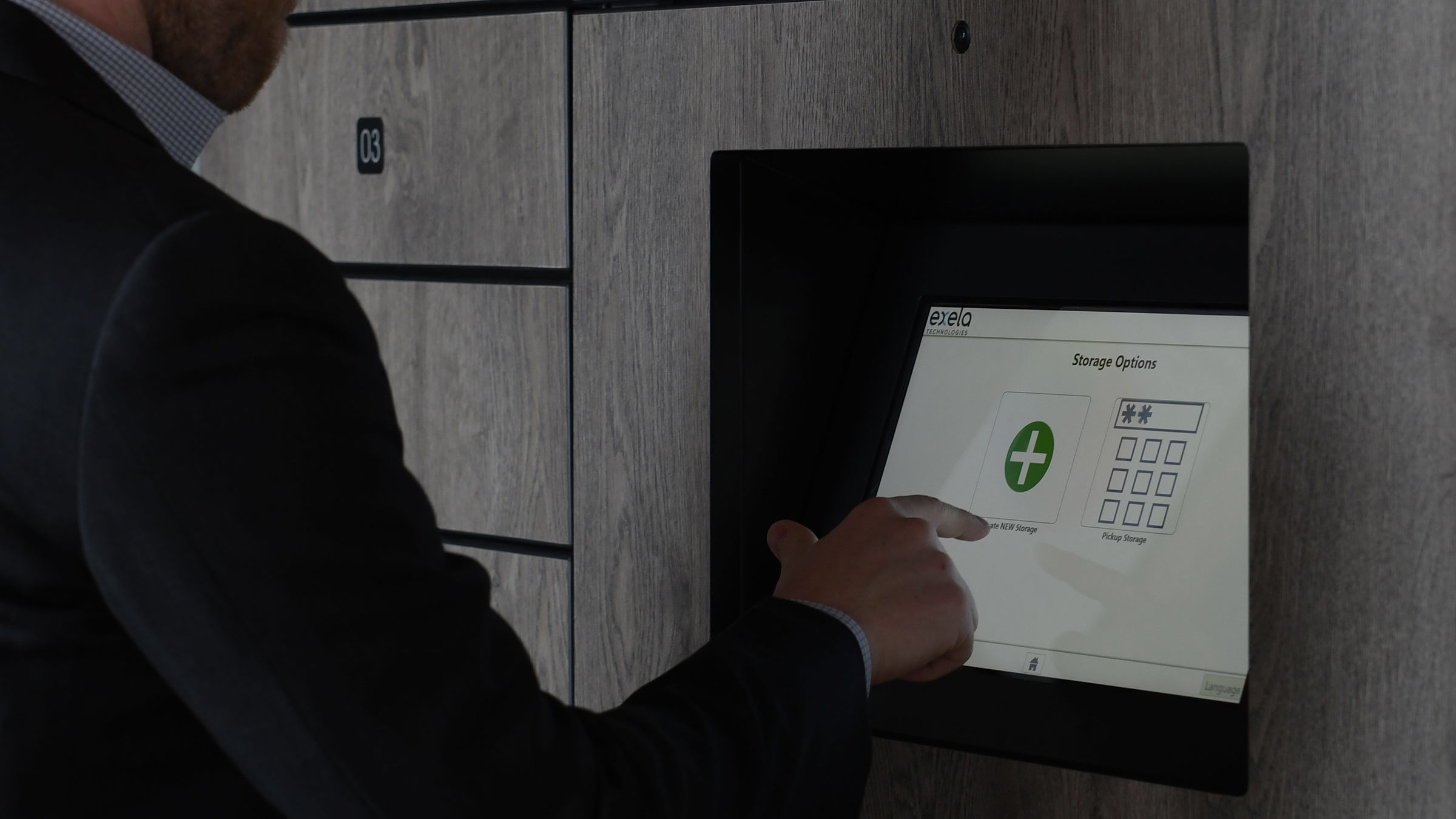
How Coronavirus is Making Contactless Delivery the Norm
As the COVID-19 pandemic maintains its grip on many parts of the world, normal patterns of life have become radically altered. A few months ago, most of us wouldn’t have given a trip to the grocery store or dining out with friends a second thought. Now, the simple act of going out to run a few errands has become an ordeal. That’s why many people around the world have decided it’s easier just to shop online.
Online retail had already been on the rise for years prior to the pandemic. In 2019, e-commerce market share rose to 16%, up from 14.4% in 2018 and 13.2% in 2017.1 Now, with governments urging citizens to limit their movement and observe social distancing recommendations, it comes as no surprise that the growth of e-commerce has greatly accelerated.
Online spending in the US in March and early April was up 30% from the previous year - a significant increase over the 20% year over year growth seen in recent years.2 Clearly, online shopping has been a workable alternative for consumers hoping to avoid risking a trip to potentially crowded shopping centers, but many shoppers are looking for even more security. Hence, the growing phenomenon of contactless and touchless delivery options. This trend has been most popular with fast food and other delivery dining options, but it’s being adopted across a wide array of products, from prescription drugs to new cars.
A McKinsey study3 found a 20% increase in consumer preference for contactless delivery, and companies are finding creative ways to comply - whether by having the delivery person leave the package at an agreed upon location and send a photo of it once it’s delivered or deploying fleets of delivery robots.4
Buy online, pickup in store (BOPIS) is also an attractive option for consumers to limit their contact with other shoppers and staff. Rather than browsing through the aisles in person, they can find the products they’re looking for on the store’s website and complete their purchase digitally, limiting the potential contact to when they arrive at the store to pick up their items. Some businesses are reducing even this small amount of contact using electronic lockers, where customers can pick up their orders without directly interacting with anyone.
But delivery services aren’t the only side of the transaction innovating to maintain social distancing and keep drivers and shoppers safe. Businesses, apartment complexes, and college campuses can also utilize products like Exela’s Intelligent Lockers to proactively eliminate human contact during deliveries.
Plus, in a world where nobody wants to get close enough to a delivery person to sign for a package, Intelligent Lockers provide a higher level of security than other contactless delivery methods can attain. Rather than leaving packages out in the open or trying to agree on some sort of covert drop point, delivery drivers can instead place them in a locker, safe from not only would-be “porch pirates,” but also from wind, rain, and the sun.
By integrating with messaging platforms like SMS and email to deliver instant notifications directly to the consumer as soon as their order is ready for pickup, and to the seller as soon as items have been retrieved, Exela’s Intelligent Lockers ensure successful deliveries.
Lockers also make package delivery more convenient for the recipients, since there’s no rush to collect a delivered package. Exela’s Intelligent Lockers can be accessed 24 hours a day, 7 days a week using a smartphone and QR code, an employee or student badge with an RFID chip, or using a console built into the locker bank.
Even after the pandemic ends, changes in consumer behavior are likely to stick around. In a post-COVID world, the demand for a convenient and secure contactless pickup and delivery option isn’t likely to fade anytime soon.
To learn more about how Exela’s Intelligent Lockers can provide a better experience for students and faculty on college campuses, check out what Exela did for George Washington University.



